I am sure, that like me, many of you, when looking to buy a new camera, spend hours, pouring over reviews, brochures and forum opinions as well as trying the camera out. I wonder though, how many of us do the same when choosing a camera bag. When you think about it, all your high precision and highly expensive equipment is being put into that bag, but not only that, you are carrying all that weigh around for what could be many hours a day. A camera bag needs to protect it’s valuable cargo as well as feeling comfortable on you. In this article, we will take a look at some of the things to look for in a camera bag.
Camera bags can be more or less placed into three categories, the traditional over the shoulder bags, backpack style bags and hard cases. For most people, the choice will be from over the shoulder or backpacks and which one you choose is very much down to what you prefer.
Over the shoulder camera bags were the mainstay of photographers for many years. They come in a variety of sizes and styles. In recent times, companies like Crumpler have modernized the ergonomics of these bags as well as making them more stylish. The advantages of shoulder bags are that they are easier to access whilst on the move, the camera equipment remains perpendicular to the ground, meaning there is less movement of the equipment inside the bag, and that you can get bags in bigger sizes than backpacks. Some of the disadvantages are that they can get uncomfortable when carrying a heavy load for long times, they can be somewhat unwieldy in confined spaces and as they look like camera bags, they can be more attractive to thieves.
Backpacks are a more recent addition and have taken a major foothold in the business. The main advantage is that they are generally more comfortable over longer periods and they are more discrete, they can look just like an ordinary backpack. Counter to this is that for most backpacks you will need to remove them from your back to access your gear, the equipment can shift around in the bag and they have a smaller capacity.
So what are the things to look for in a camera bag? The two main things, come back to what we discussed at the top, protection and comfort. A good camera bag should have a strong thick, semi rigid shell with plenty of padding. Inside there should be plenty of dividers to enable you to set the bag up to suit your equipment load for the day. These dividers should also be good quality and well padded. Some but not all bags have a degree of waterproofing and this is well worth investing in, especially if most of your photography is based outdoors, others may also have waterproof covers. Another thing to look for, security wise is lockable zips, this is extremely useful when, for instance, using public transport.
In terms of comfort, one of the biggest mistakes people make is to try the bag in the shop, without any equipment in it. To truly make sure it is the right bag, you must test it as you would use it, i.e. fully loaded. Make sure the straps are highly adjustable and have a degree of padding. Adjust the bag for your body size, both backpacks and shoulder bags should not sit too high on you, and you should be able to adjust the bag to get a good, comfortable center of gravity. Check how easy it is to access your equipment quickly, a clumsily designed bag could lead to lost shots.
Some of the other things to consider in a bag are, does it have a laptop pocket. If so, will your laptop fit it? Some are designed for screens up to 17 inches but 15 inches is the norm. Do you often carry a tripod? If so look for a bag that has external tripod straps, also check whether these are conveniently placed. A photographer can never have enough pockets, make sure your bag has plenty of well laid out nooks and crannies to store your accessories, batteries, filters, memory cards etc. For the outdoor photographer, a water bottle holder is a great addition.
The camera bag is probably the most utilized and least appreciated of all our photographic equipment. We live with it day in day out, yet give little consideration to what it provides us with. Next time you are in the market for a new bag, take a longer, more considered approach to the purchase and make sure you get the bag that is just right for you.
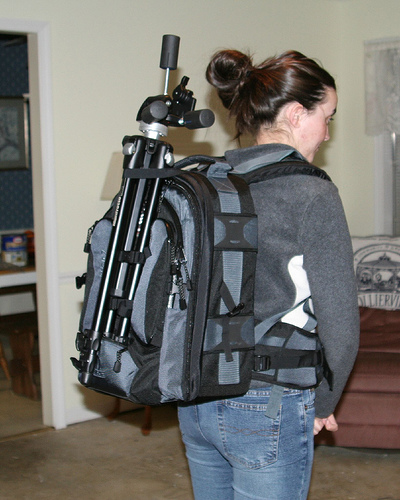

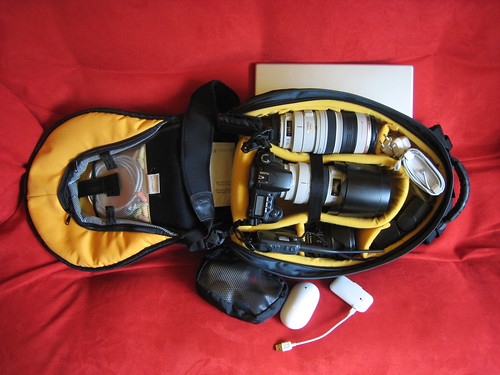

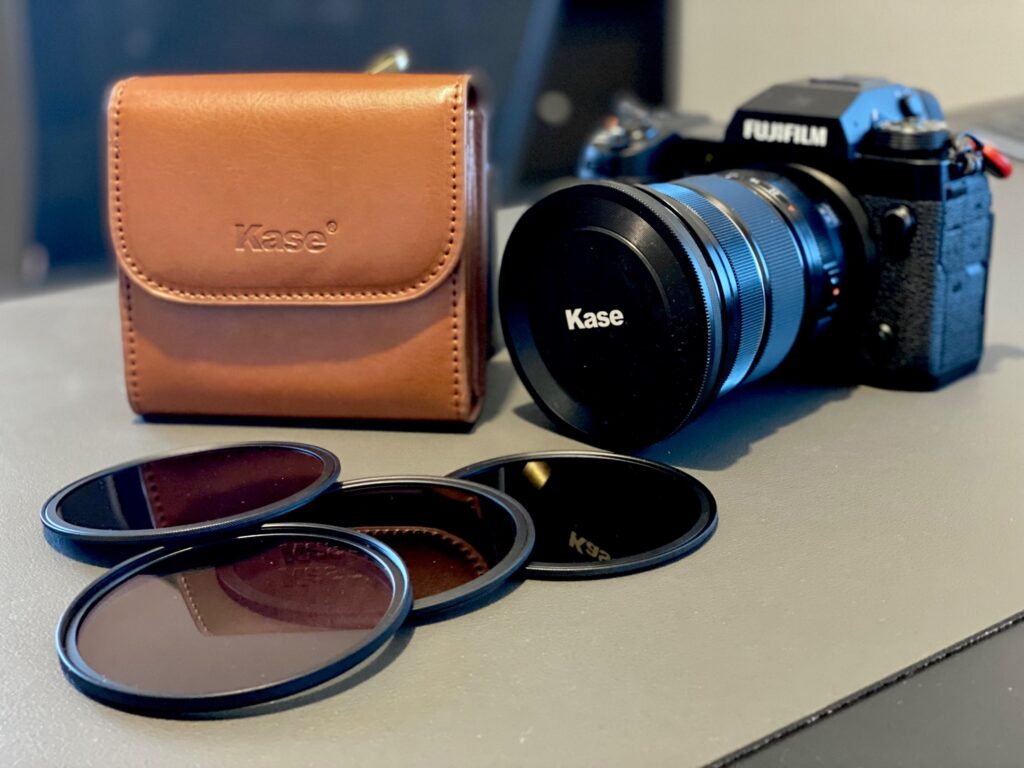
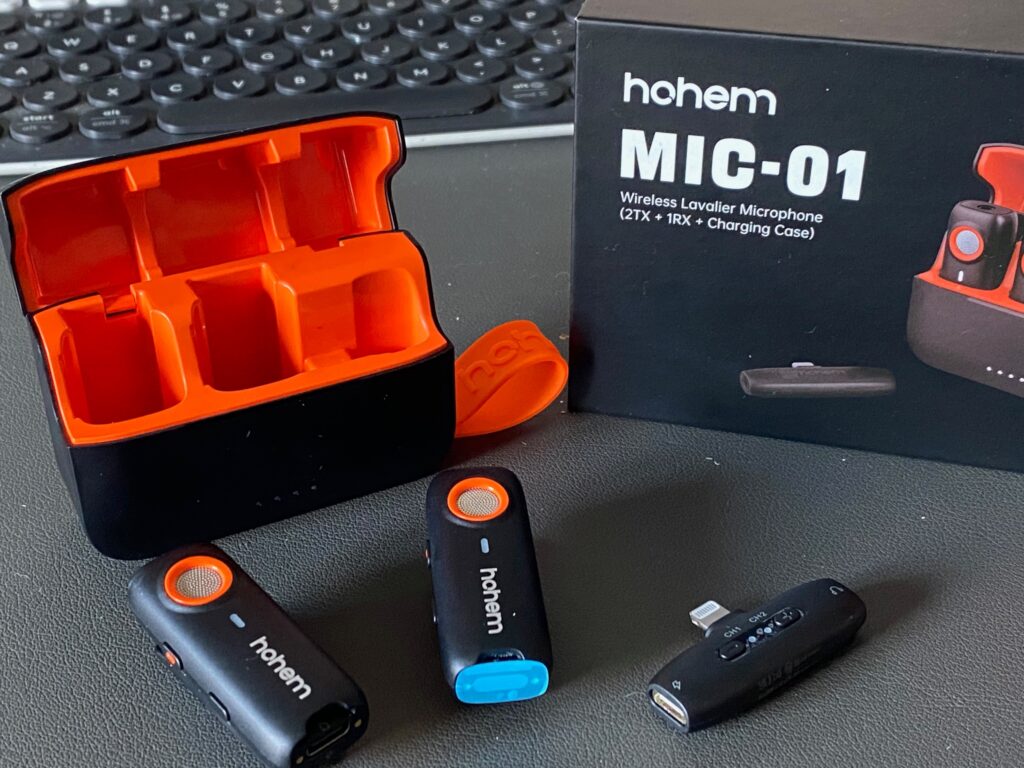
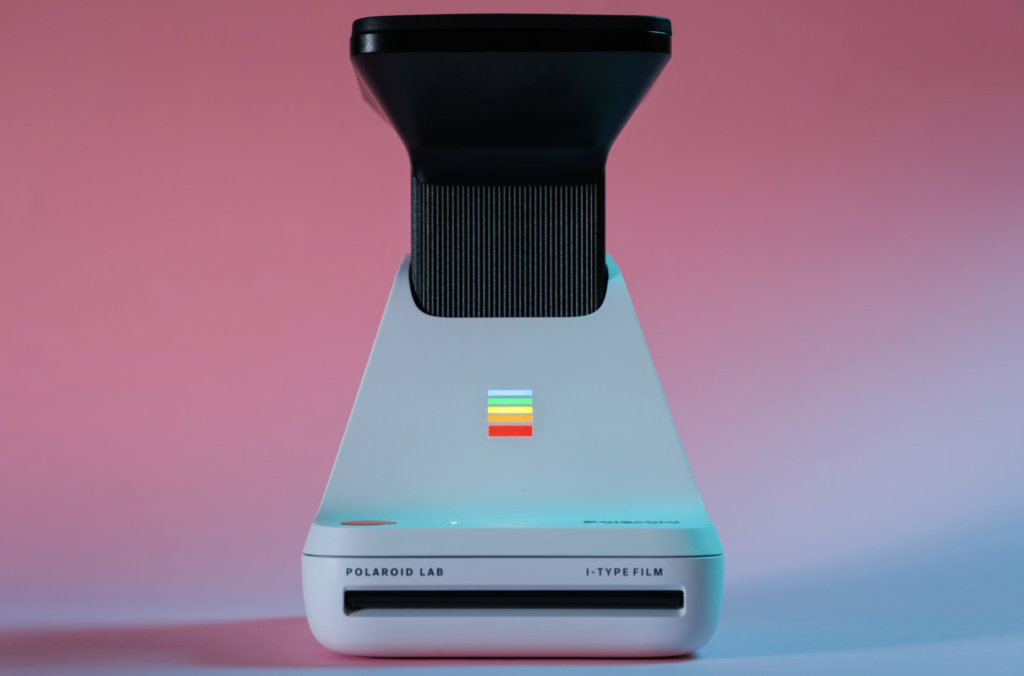
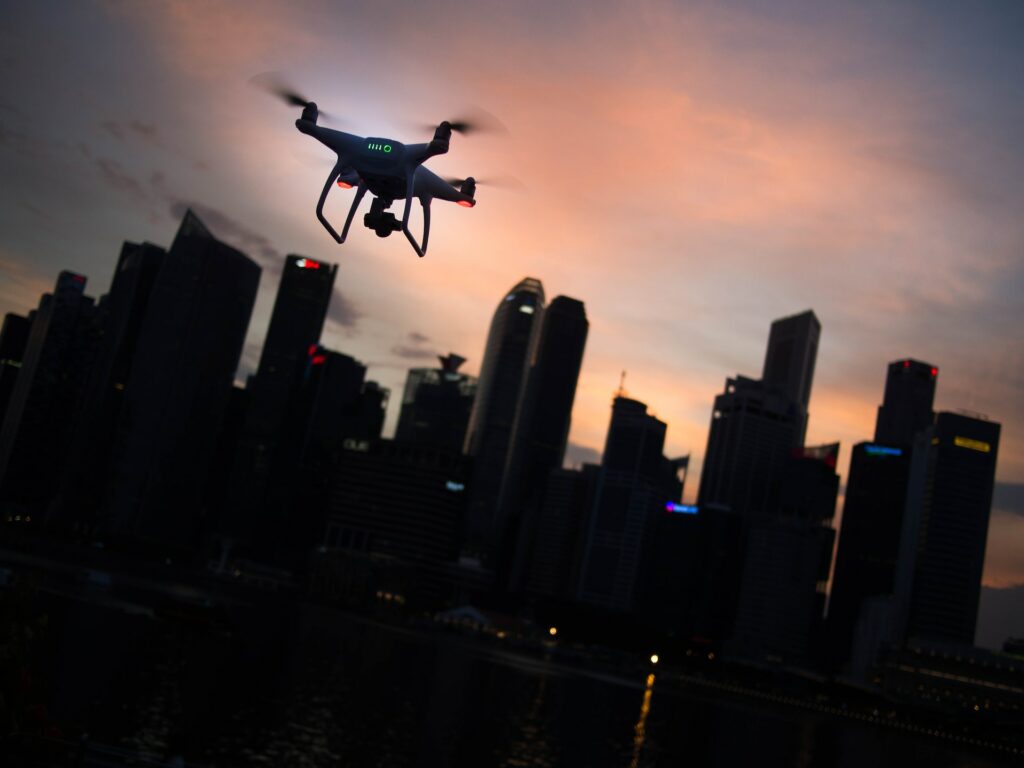
6 Comments
I feel like my life’s mission is to find the perfect camera bag – particularly for travelling. My wife will tell you I have about 5, and am constantly not sure which one to take. The best for day trips and so on I have found it the LowePro Slingshot – a big fan of this. If only it had an iPad/laptop section on it.
I find the backpacks too big for carrying around on a daily basis, and the slingshot not big enough for using on its own as hand luggage when on long hauls.
I guess I am destined to be forever unfulfilled by my camera bag…..
Don’t worry, Dave, you’re not the only one 🙂
I have spent my whole professional career looking for the ‘right’ camera bag – and I still haven’t found it yet!
In the early 70s there wasn’t much choice if memory serves me well, but then the likes of Billingham came along and everybody rushed out to get fishing bag lookalikes! The bags were always too large, so one ended up cramming as much in as possible, with the resultant back and shoulder problems.
Then Domke arrived like a breath of fresh air. The bags were not especially protective but they were easy to use, light and perhaps not quite as obviously ‘photographic’ as Billingham et al. For transport of kit between countries or other major locations I used Peli or Pelican hard cases, only moving the gear that I wanted on a daily basis into soft cases.
Age brought a certain degree of wisdom and I spent the early years of the 21st century trying to reduce the kit that I carried, buying smaller and smaller shoulder type bags.
Eventually I came to loathe shoulder bags for the poor way they distributed the load and bought a Kata shoulder bag in Venice during a shoot.
I was converted, but have since ditched the Kata, as being too soft and lacking in protection, for a LowePro AW400 (big, too big perhaps) and the superb Think Tank Airport Acceleration 2.0. The latter looks like a smart executive case, fits almost all overhead lockers in aircraft, feels really comfortable and fits everything it need. Once on location I tend to revert to a Domke F2 bag for working unobtrusively. This will pack almost flat in ones normal luggage.
I’ve a loft full of over-used, under-used, seldom-used camera bags and cases that were either flavour of the day or imposed too much strain on the body! Sadly there is never one ‘right’ bag – situations, kit and health change too much to make this a possibility!
After years of searching I finally settled on the think tank retrospective bags.I think the more gear you get the more important the bag.
I always see people carrying oviously heavy (back)packs (judging by the way they cut into their schoulders) but I seldom see them shooting pictures. And with that heavy back they carry a face that looks like they don’t enjoy their hobby/job.
When I actually see one of those persons drop the bag to get out their camera a long process starts. Deciding on the right lense. 24mm prime, 28mm prime, 16-35mm zoom, back to the 24mm, maybe the 35mm prime… Then the lense comes off and back to the 18-200mm. The camera gets put back again and not a single frame was shot.
I’d understand that behaviour if they were shooting film, but on a digital… What does it cost to fire of at least one frame with each choice. You can delete them at home if you’re dissatisfied. At least you get the chance to leanr why that shot didn’t work
I think that after much searching I’ve finally found a bag that suits me. Or at least a range of bags so that I have one for every need.
I currently use the Nest Athena A80
I put off owning a traditional backpack with the one big compartment for a while. I also have a Thinktank Revolution and several shoulder bags as well as a Thinktank Holster. But for ease of packing, capacity and comfort it’s definitely my #1.
It really does seem a lot more convenient for me. I do have to remove it to get access, but once opened I can easily pick through all my gear. I can’t wait to take it travelling, living the dream of carrying all I need on my back, and it even fits a travel tripod inside it.